In continuous with our previous video published by Nikon Asia regarding the editing of 8K N-RAW on Grass Valley EDIUS X, this time Nikon France released another video demonstrating the editing and grading capabilities of the 8K N-RAW on DaVinci Resolve 18. Check it out.
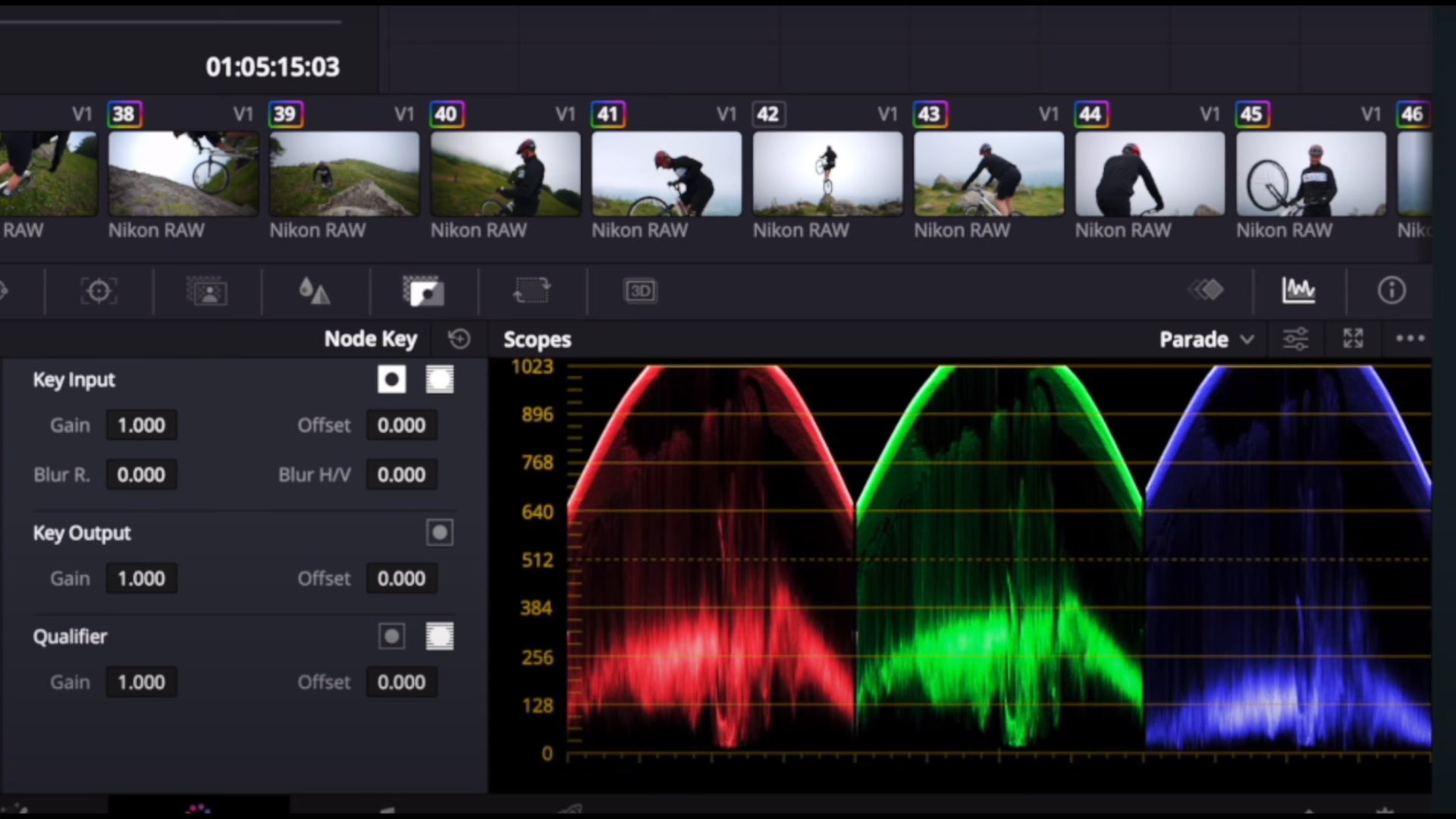
N-RAW (NEV) & Resolve 18
So how do the NEV files perform in DaVinci Resolve 18? As for the initial release, pretty darn good. When shooting 8K N-RAW on the Nikon Z9, 1080p MP4 files are being generated as proxies. Hence, on ‘heavy’ editing (multiple layers and grades), you can utilize that MP4. However, more intriguing to reveal how the NEV (N-RAW) are editable – and gradable. For that purpose, Nikon France has published a video (thank you tipster Dizzy-Rule) that demonstrates the NEVs on DaVinci Resolve 18. That video plays as a complementary piece for the previously released video released by Nikon Asia (Grass Valley EDIUS X as the main NLE).

The video shows really solid stamina of the N-RAW codec in regard to color grading. Moreover, the video is part of Nikon’s efforts to prove that the Z9 was created for indie filmmakers. Nikon loves to lift the Z9 on FPV drones and thus shows its neat moviemaking potential. Watch the demonstration below:
What about the GPU?
Another interesting video released by YT channel John’s Films tests the GPU and CPU consumption when editing and grading NEV files on DaVinci Resolve 18. First, we have to remember that those files are 8K. Indeed, the playback wasn’t so smooth, but not bad either. Most probably you’ll utilize the MP4 proxies for editing. As for grading, the playback was pretty much fair. However, when adding heavy-duty effects like LUTs and noise reduction, then the playback was impaired. Nevertheless, these are solid results. In both demonstrations, the advantages of the N-RAW clearly stood out. The ability to recover highlights, lift blacks, and change parameters is great. There’s no option to manipulate the ISO though, at least not on DaVinci Resolve 18. But it can be fixed on future firmware updates. Watch the test below:
Z9: A Sony sensor?
According to SonyAlphaRumors, Nikon Z9 uses a sensor made by Sony, which is the IMX609AQJ full-frame 45.7 MP stacked back-illuminated CMOS. There’s a chance that this is true. However, it does not change anything. Those sensors are being implemented by many camera flagships. Most probably the Kinefinity MAVO Edge owns a Sony sensor as well, and we all are well familiar with Hasselblad cameras that also use Sony’s medium format sensors. More importantly, we’re waiting to see what would be the results of the mitigation against the RED Digital Cinema lawsuit. These results can dramatically affect the N-RAW options of the Z9. We’ll keep you updated in regard.



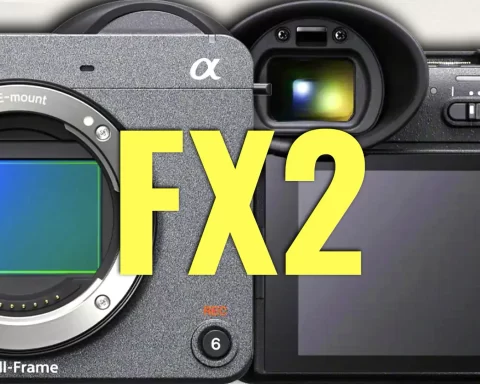

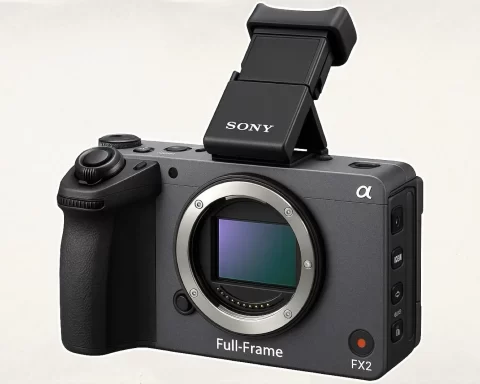


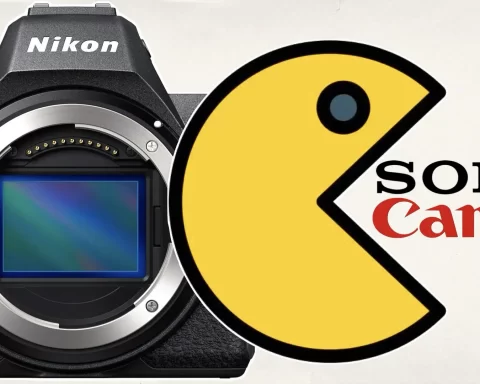


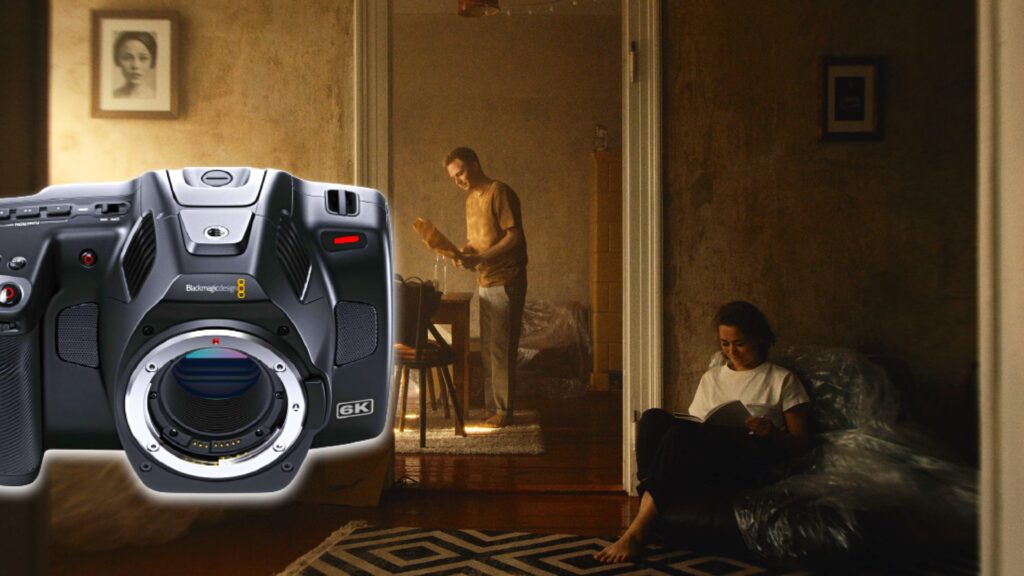
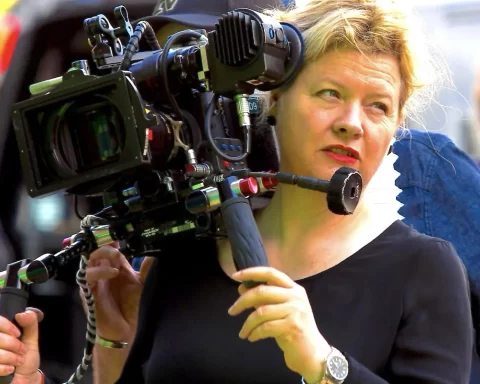
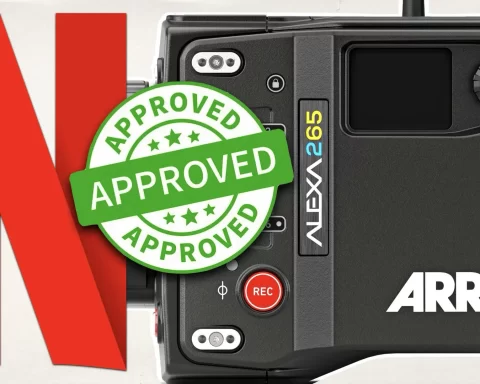




Only idiots and people who have no respect for environment edit with raw file.
Raw file are for grading and/or composting/VFX.
What a strange assumption, Lord Diogene. Please tell us more about how we should behave / use our creativity.
Incorrect. Every feature film editorial would love to cut in the highest possible quality. The reality is that storage and processing cost limitations preclude it from happening. Maybe 10% of shows cut in LA are 4K. But even the editorial depts of A-list directors cut DNX115 HD b/c of cost.
Nikon’s sensor has two output streams, one for viewfinder and one for photos. For video one stream is enough but still the sensor is unique to Z9. Made my Sony, designed by Nikon.